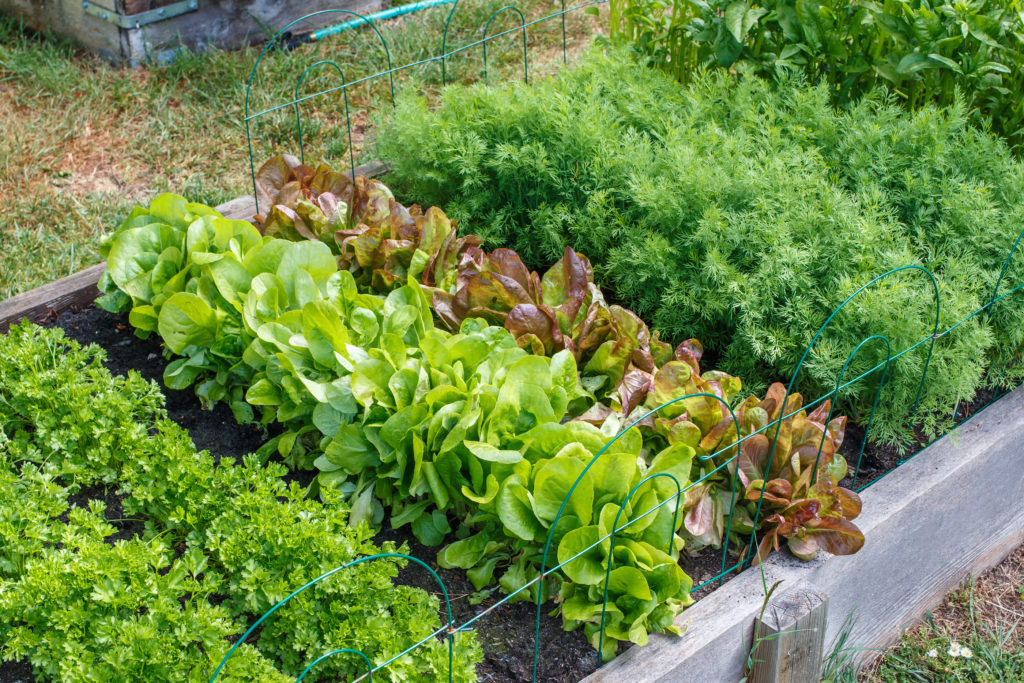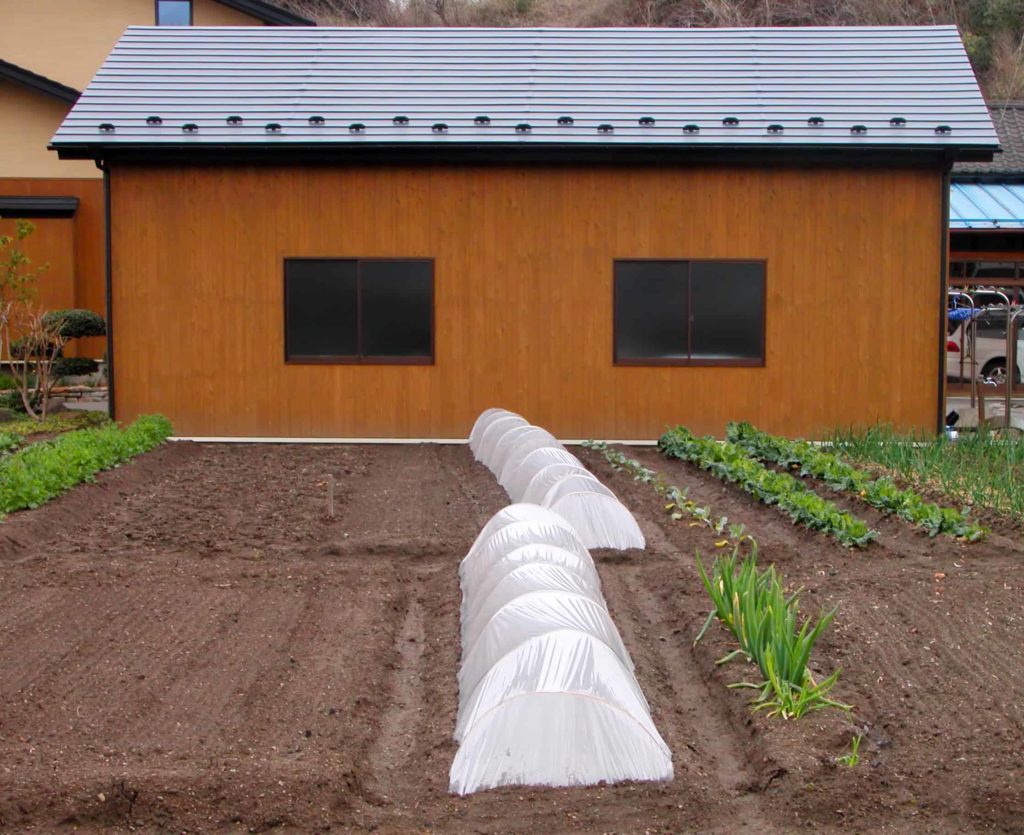
Gardening can be a rewarding activity, especially when planned effectively for each season. Understanding the best practices for layout, plant selection, and maintenance can significantly enhance the yield and health of your garden. Here’s how to plan a seasonal garden, particularly for the fall and transition into winter.
Understanding Your Growing Environment
The first step in planning a seasonal garden is assessing your local growing conditions. This includes identifying your hardiness zone, which helps determine what plants will thrive in your area, especially during the colder months. Research your area’s frost dates; knowing when the first frost is expected allows you to time your planting effectively. For instance, if your first frost date is November 5, you may need to start your fall garden preparations around mid-August to ensure your crops mature before the cold arrives[8].
Plant Selection for the Season
Choosing the right plants is crucial. For fall gardening, cold-hardy vegetables work best, as they can tolerate cooler temperatures and even light frosts. Great options include:
Leafy Greens: Spinach, kale, and lettuce flourish in cooler weather, often tasting sweeter after a frost[5][8].
Brassicas: Broccoli, cauliflower, and Brussels sprouts are excellent choices, as they thrive in the milder autumn conditions[1][4][5].
Root Vegetables: Carrots, beets, and radishes are other ideal candidates due to their resilience to cold weather[4][8].

During the planning phase, consider the days to maturity for each crop. For example, radishes can be harvested in as little as 25 days, while carrots may take 70 to 80 days, so plan your planting schedule accordingly to ensure they are ready before the frost[4][8].
Garden Layout and Design
The layout of your garden is pivotal in maximizing sunlight exposure and space. Start by selecting a site that receives ample sunlight. For limited spaces, raised beds or container gardening can be effective solutions[1][3].
When designing your garden, consider the following tips:
Position taller plants like kale or broccoli to the north side of your garden to prevent them from shading shorter crops.
Use narrow pathways between planting areas to make it easier to access your plants[1].
Implement succession planting by sowing new seeds as soon as previous crops are harvested, ensuring a continuous yield[1][3].

For instance, after you harvest quicker-growing crops like radishes or salad greens, you can plant frost-tolerant varieties like spinach or kale in their place for a late-season harvest[1].
Soil Preparation and Maintenance
Before planting, prepare your soil by enriching it with organic matter such as compost or well-rotted manure. This enriches soil fertility and improves its structure, setting a solid foundation for your plants[5][7]. It’s also vital to test the soil's pH and amend it as necessary to create the best environment for growth.
Maintenance practices will change as temperatures drop. During fall and winter:
Watering should be adjusted to monitor soil moisture levels, as cooler temperatures lead to reduced evaporation rates. Deep watering sessions are more beneficial than frequent shallow ones[1].
Applying a layer of mulch can help conserve moisture, suppress weeds, and insulate roots during freezing nights[4][7].
Harvesting and Storing Produce
Knowing when and how to harvest is essential for enjoying the fruits of your labor. Most vegetables have specific indicators of readiness:
Leafy Greens: Harvest outer leaves as they grow, allowing the inner leaves to continue developing[4][5].
Root Vegetables: Check the size and color of the shoulders at the soil level for indicators of readiness[5].
Brassicas: For broccoli, harvest the main head before it flowers, while Brussels sprouts are ready when they reach 1 to 2 inches in diameter[5].
Storage after harvest is equally important. Clean the produce properly, keeping them cool and in a dark place. Vegetables like carrots and beets do well in root cellars or the refrigerator. Ensuring good airflow around stored items helps prevent rot, thus prolonging their shelf life[1].
Conclusion
Successfully planning a seasonal garden involves a number of factors, including understanding your environment, selecting suitable plants, creating an efficient layout, preparing your soil, and employing effective maintenance and harvesting strategies. By following these guidelines, you can maximize your garden's productivity, especially during the fall and winter months. Happy gardening!
Get more accurate answers with Super Pandi, upload files, personalized discovery feed, save searches and contribute to the PandiPedia.
Let's look at alternatives:
- Modify the query.
- Start a new thread.
- Remove sources (if manually added).